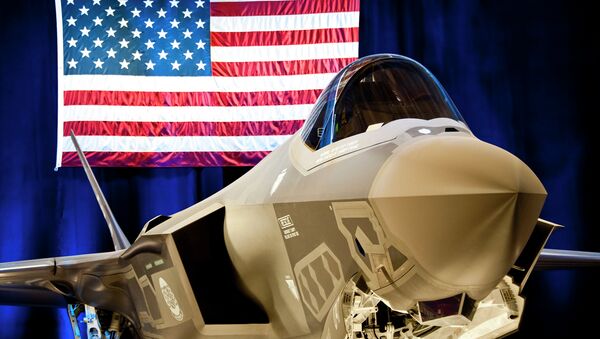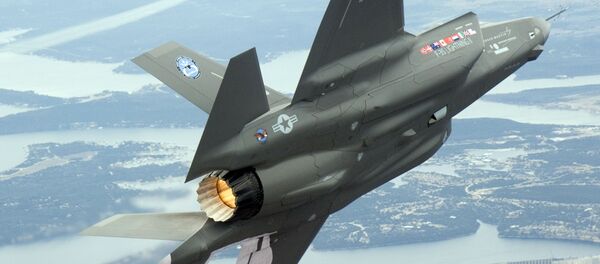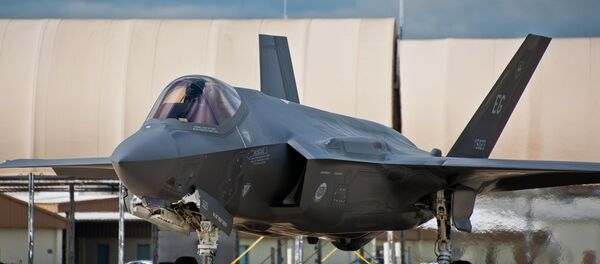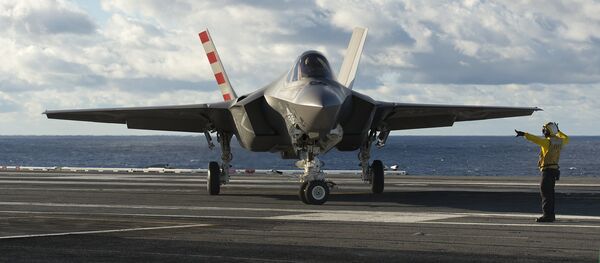Last week, the US Air Force announced a major delay in the production of the F-35, related to concerns that the aircraft’s ejector seat could result in fatal neck injuries. As an alternative to the Martin-Baker US16E seat, Air Force procurement officials are considering United Technologies’ ACES 5 seat as an alternative.
"We believe it is prudent to look at what it would take to qualify the ACES 5 seat as a potential risk mitigation step if additional things happen as we go through the testing of the Martin-Baker seat," Air Force Lt. Gen. Arnold Bunch told Defense News.
"We believe it’s prudent to determine what it would cost, how much [impact there would be on] the schedule, what the timeline would be, if something else happened and we wanted to go a different way."
But according to Jeff Babione, Lockheed Martin’s executive vice president, the company has not been made aware of the Air Force’s interest in replacing the ejector seat.
"The details of the kind of testing, cost and schedule of integrating another seat would really be out of scope right now," he told Defense News.
Despite the safety concerns related to the Martin-Baker seat, Lockheed, at present, intends to move forward.
"If the JPO [joint program office] decides that they would like Lockheed Martin to look at that, we’re there to support," he said, "but right now we’re focused on finishing Martin-Baker integration and I have complete confidence that it’s going to be a success."
Since the Air Force first expressed F-35 ejector seat safety concerns last year, Martin-Baker has made modifications to the device, including a new head support panel and software modifications. Both Babione and Martin-Baker remain confident that the improved seat will meet military standards.
"We have every confidence with the latest changes that the seat will be fully qualified for all weights, sizes and heights of pilots that the F-35 can be certified for," Babione told Defense News.
"And I think that will all be resolved by the end of this fall."
Costing over $1 trillion, the F-35 is the most expensive weapon ever built. Despite this price tag, the aircraft has been plagued with problems throughout its development, including software glitches, faulty engines, and inferior flight performance.
Nevertheless, the US Air Force is slated to purchase 1,763 of the fighter jets.





